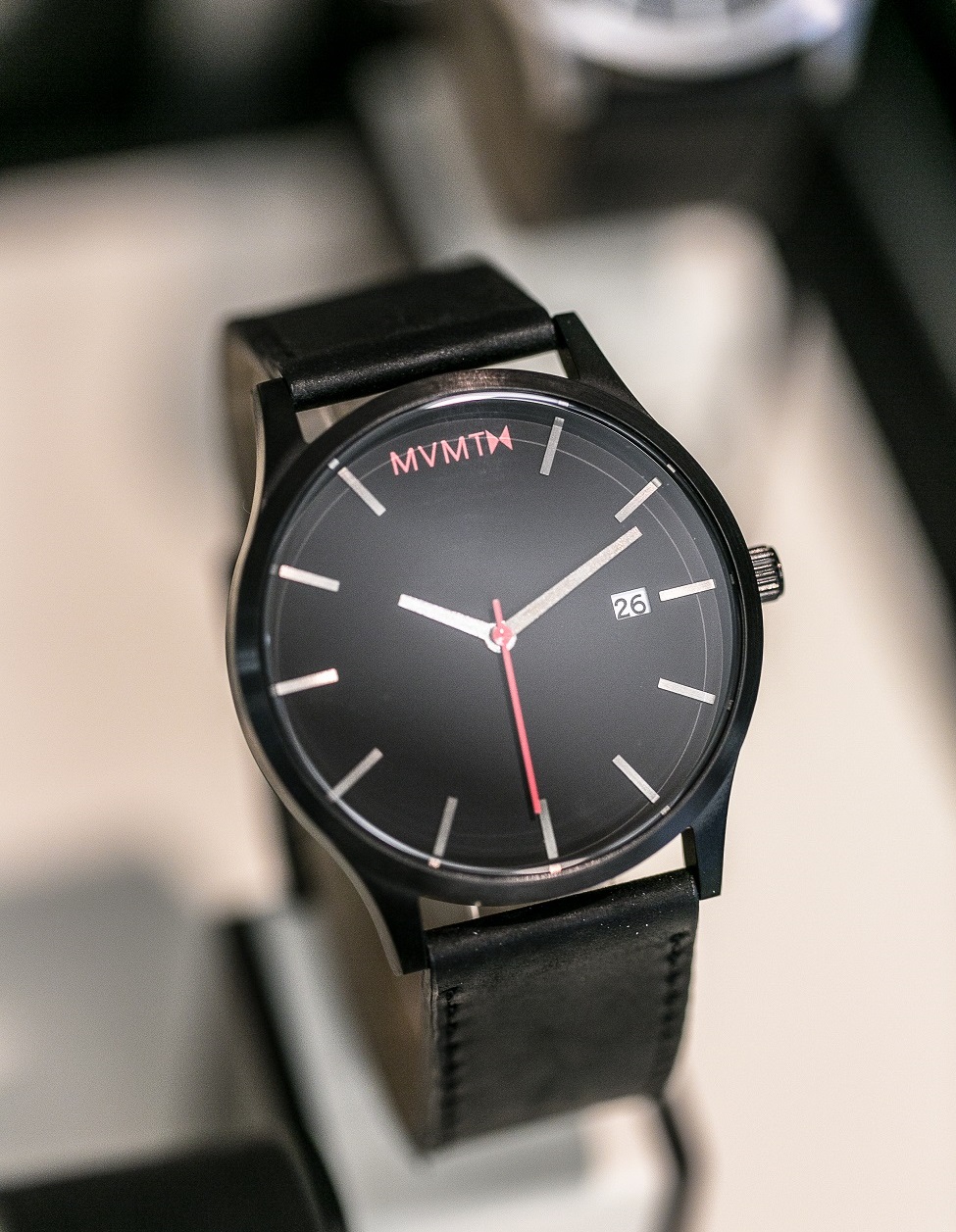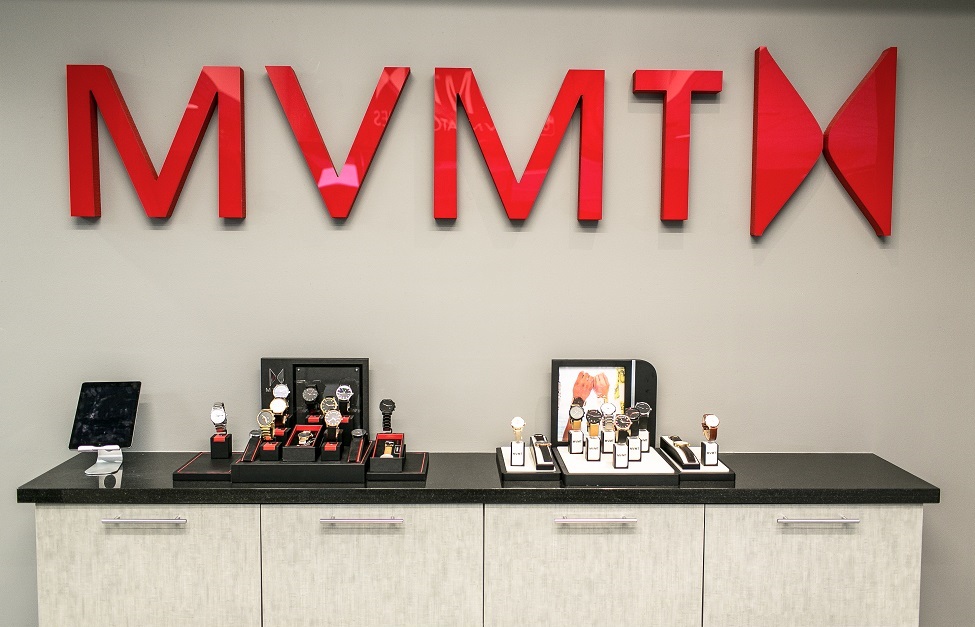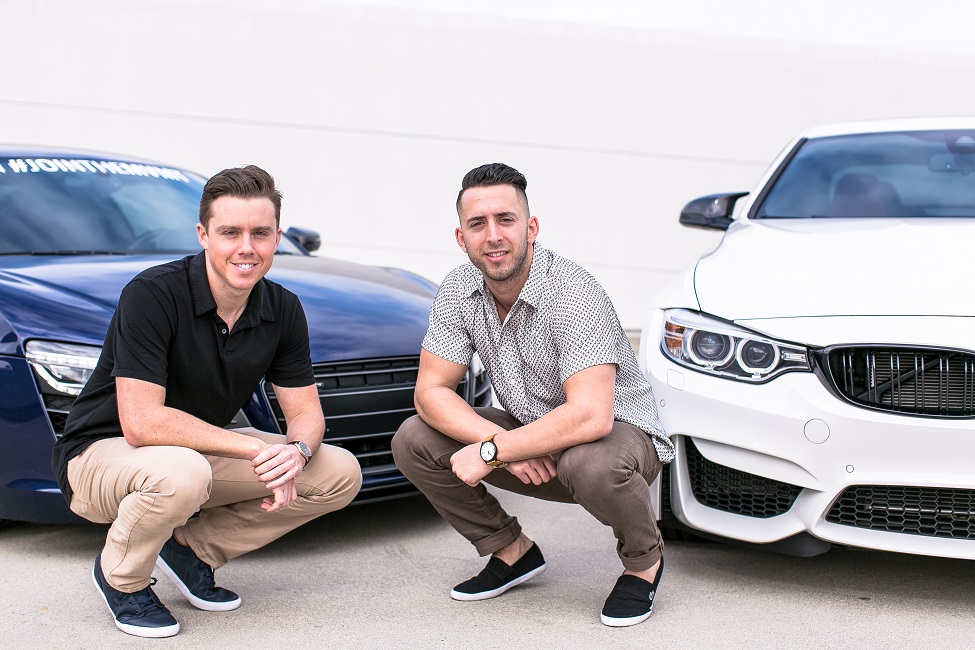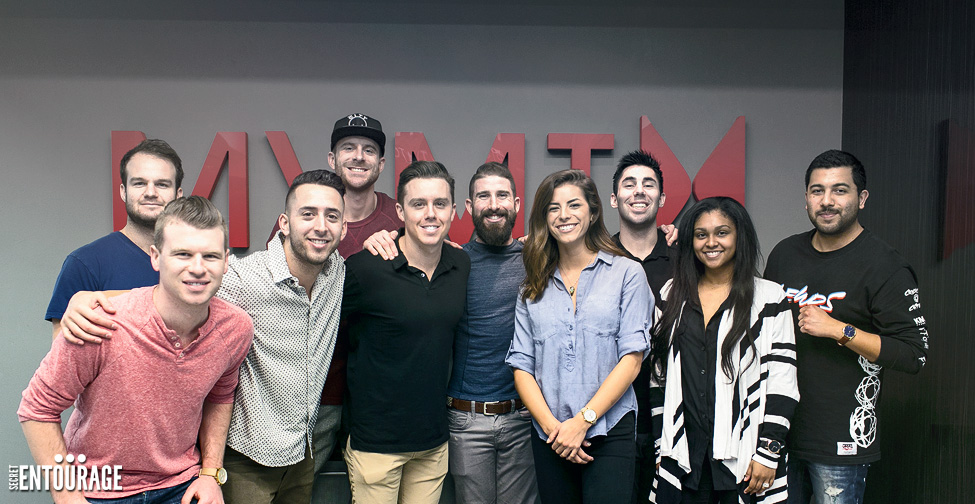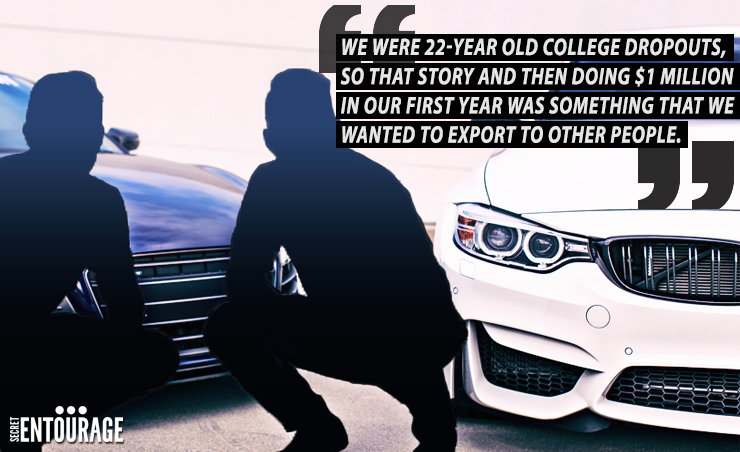
JAKE: Kramer and I were college roommates, but ironically enough, we both ended up dropping out pretty quickly. We both had past experiences in other businesses, ecommerce, and so forth. Some friends in college started crowd funding businesses, we saw those take off, and we wanted to get in on that and figure out what we could do for ourselves.
Kramer originally started a crowd funded wallet company that raised $100,000. Seeing that level of success, we wanted to explore other products and see what might have potential. The two main crowd funding platforms are Kickstarter and IndieGoGo. When trying to identify what the best product was to launch on a crowd-funding platform, watches came to mind.
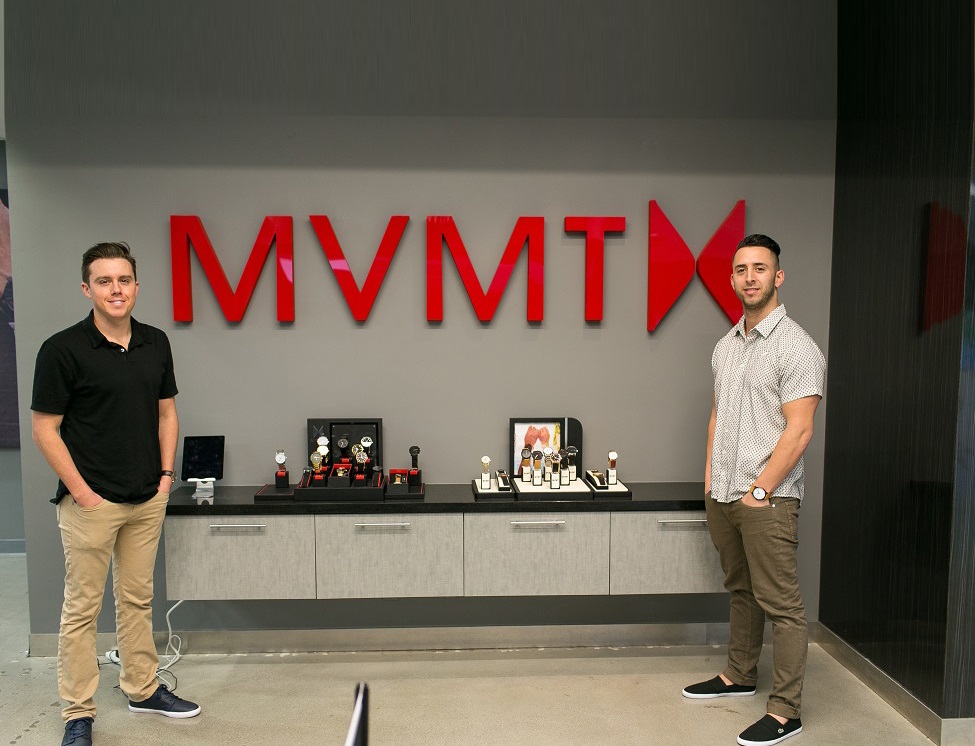
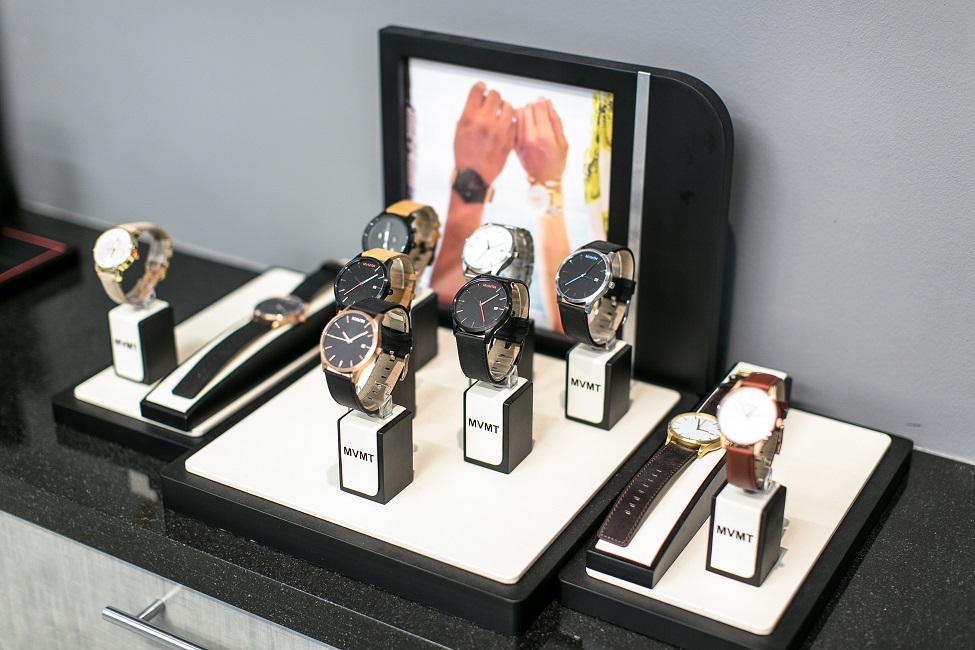
Using our marketing backgrounds and Kramer’s previous experience on crowd funding on Kickstarter, we ended up launching a campaign on IndieGoGo and raised $300,000 in about 50 days.

KRAMER: Yeah, given my previous success on crowd funding, we were obsessed with that platform. It was a matter of observing what people were gravitating towards on crowd funding platforms and us being watch fans led to MVMT being born.
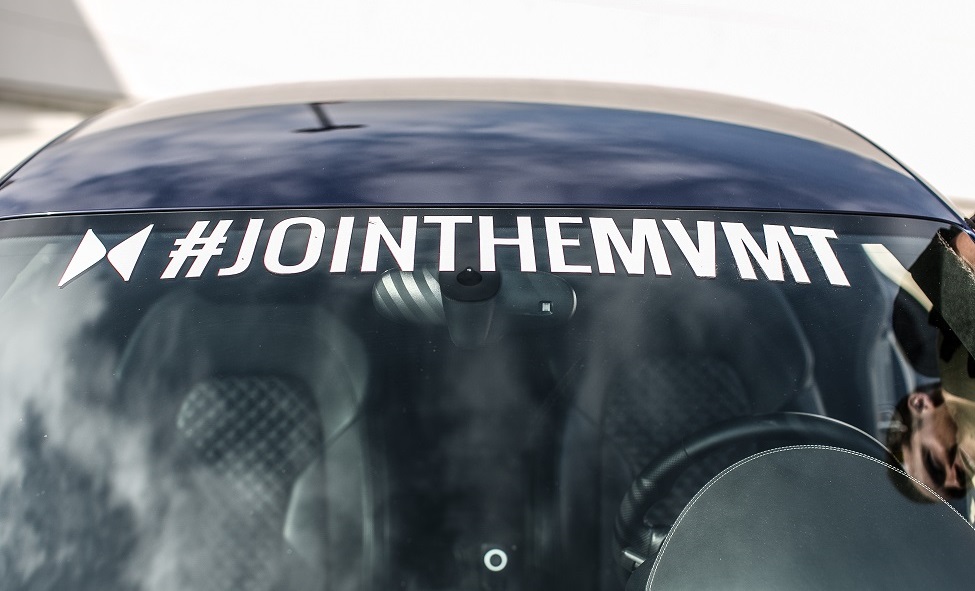
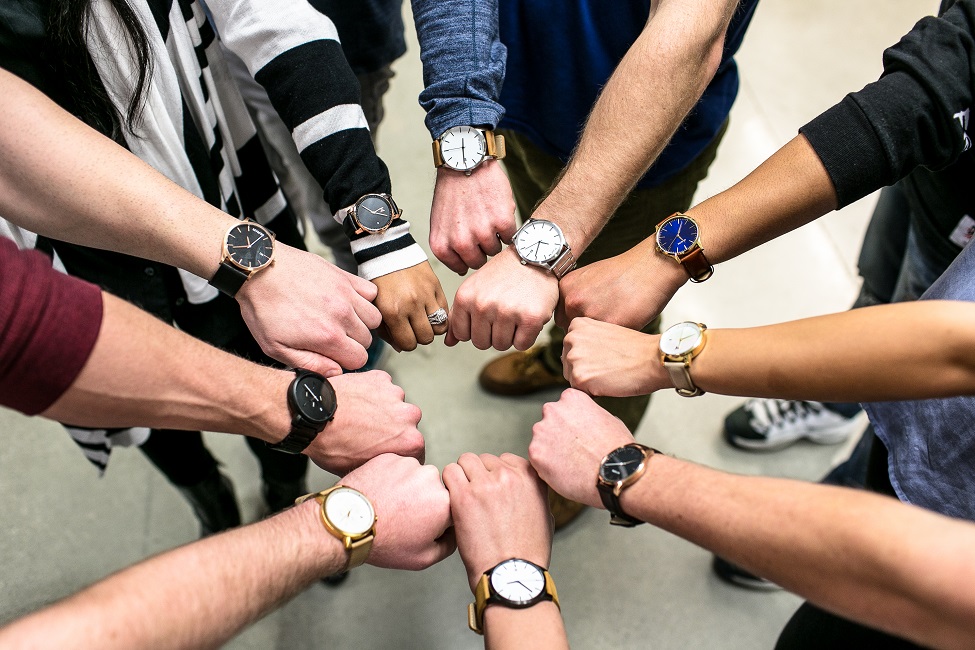
KRAMER: Jake took the initiative after seeing my success with a previous Kickstarter campaign with making wallets. We were both entrepreneurial, we were college roommates, and we drove off each other (for example, I would always be super curious about what Jake was doing with his former companies). Jake thought, “You know, I need to do something like that too.” I remember him messaging me, “We need to do watches.” And I said, “All right, let’s do it.”
The beauty of crowd funding is that it doesn’t take a lot of capital to start something. All it took was our time, a little bit of money, our entrepreneurial passions, and our drive to want to be successful and make money. It was almost a no brainer to at least try it. We weren’t investing hundreds of thousands of dollars into a manufacturer coming up with some crazy new technology. It was something that we could try, and if it did fail then we could do something else.

JAKE: From our experience, Kickstarter wanted very unique and new ideas. It couldn’t just be a watch design. They wanted a product that was more innovative versus IndieGoGo that had more flexibility. If the market really wanted your product then KickStarter would let you raise money. I think with some of these products coming out that IndieGoGo started to take market share from Kickstarter, because Kickstarter was so strict.
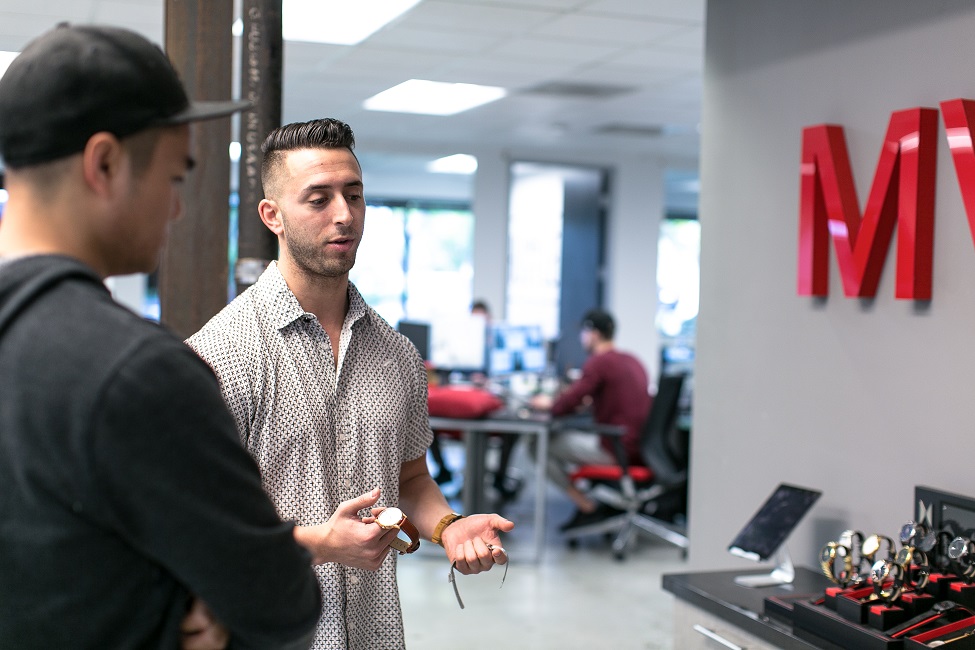
KRAMER: I think back then as well, Kickstarter was getting probably three times the traffic than IndieGoGo, so that was really the main thing that we worried about. But even though there were way less people visiting IndieGoGo, I think it worked in our favor.
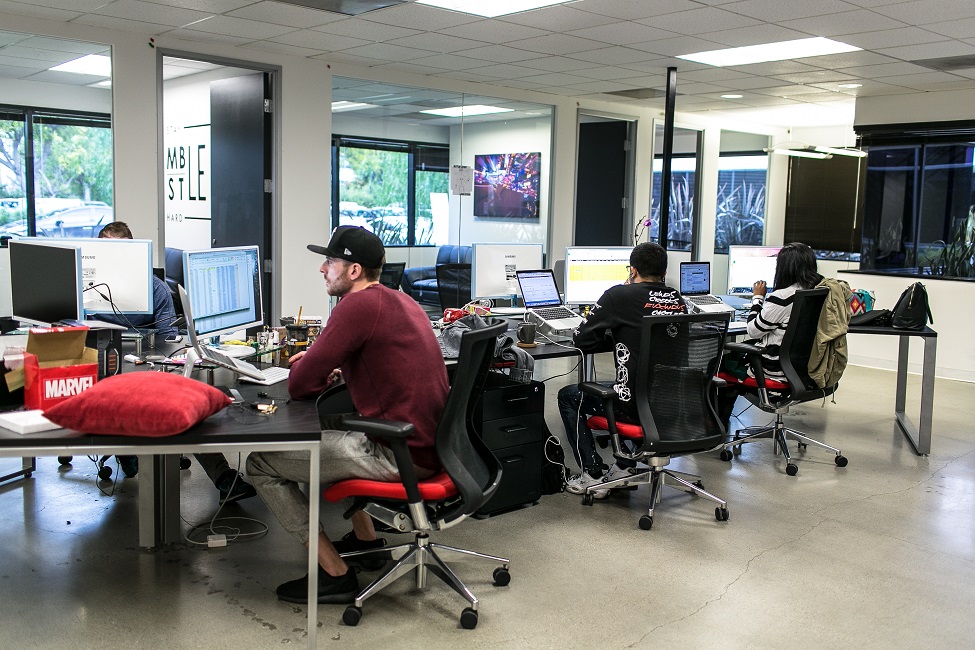
KRAMER: I think one is to get obviously as many family and friends involved with your campaign as quickly as possible. Also, having a smaller goal. Not only is it going to make you look more successful if you reach that goal, but for someone to see your campaign and see that you’re almost to your goal as opposed to having $1,000 raised out of a $50,000 goal might be scary. They’ll conclude that this campaign probably won’t reach its goal, and they don’t want to waste their time and money when it’s most likely not going to happen.
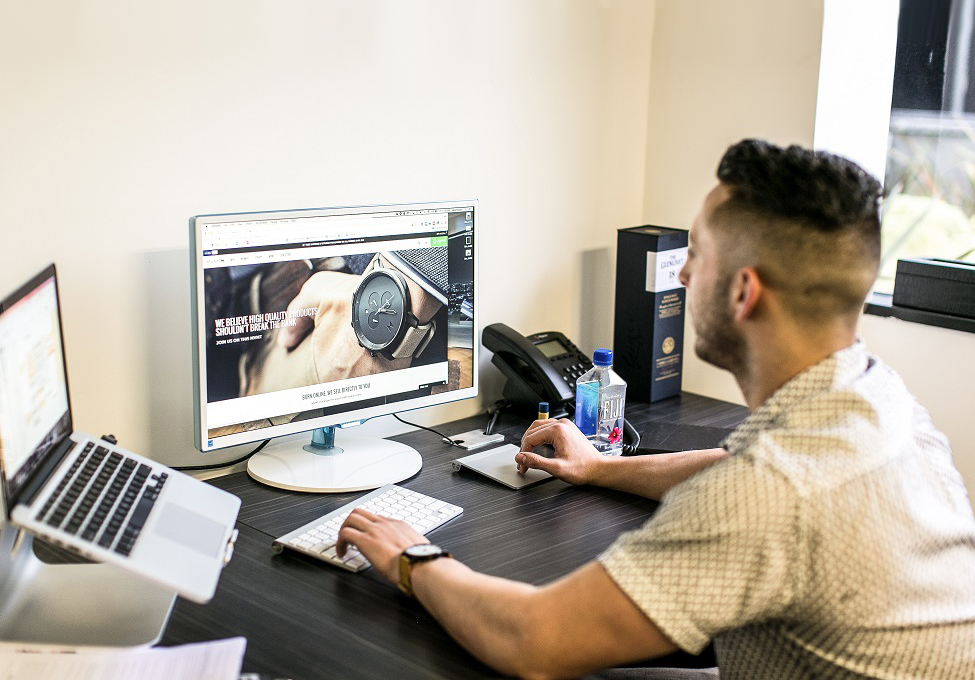
Kickstarter was structured differently so you would find that in the first few days of the campaign is where you make the most of your money; however, with IndieGoGo it’s actually as campaigns ended, you get pushed up and actually make the majority of your money towards the end of your campaign.
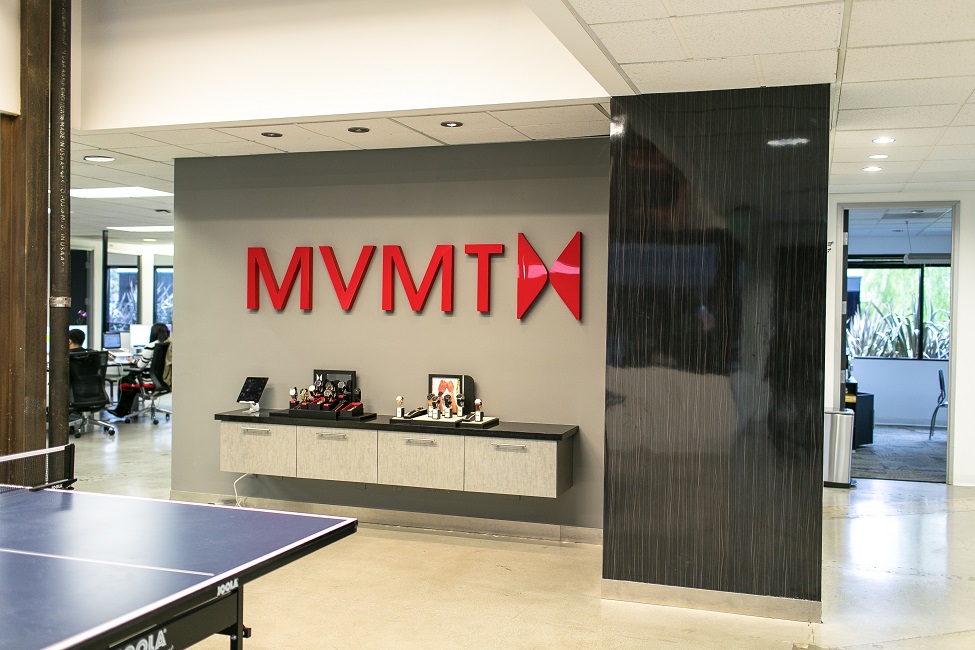
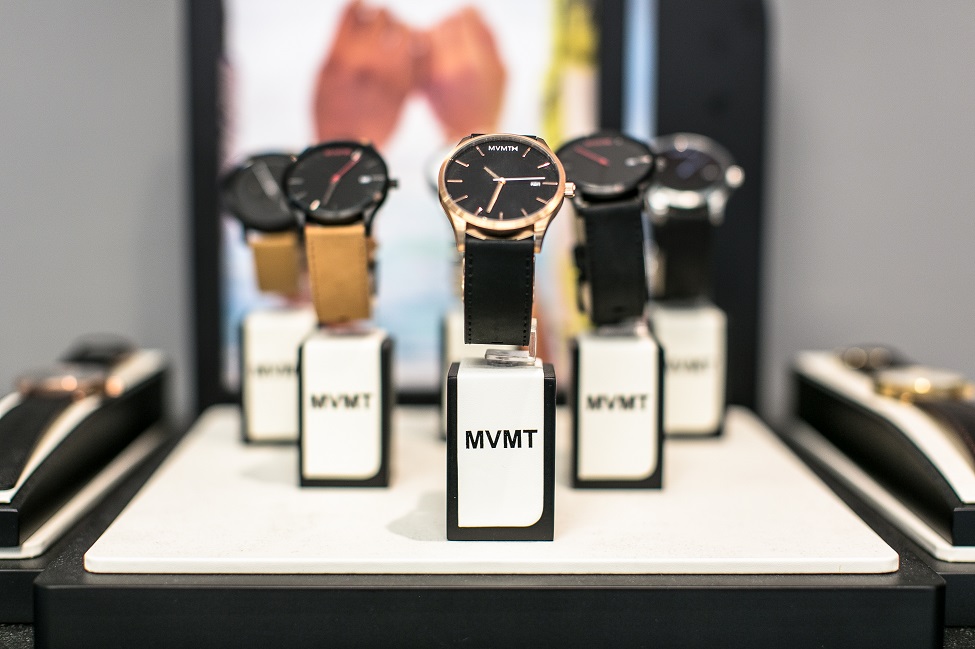
JAKE: We actually reposted the same campaign; the reason for that is because we didn’t have a website ready, and people were still interested in buying watches. So we said, “Okay, our 30 days are up, we made $220,000, let’s just have another campaign even if we only make a few thousand dollars. That’s great.”

Another tip for people: if you do have a successful campaign, no matter what size it is, you should have a website ready to start selling the day the campaign ends or even before that. You can use something like Shopify. There are so many other platforms now that you can get a store set up really quickly. The day that our campaign ended, we sold four watches on our website and consistently sold watches every day after that. If you don’t have a website set up the day your campaign ends, you’re losing money.
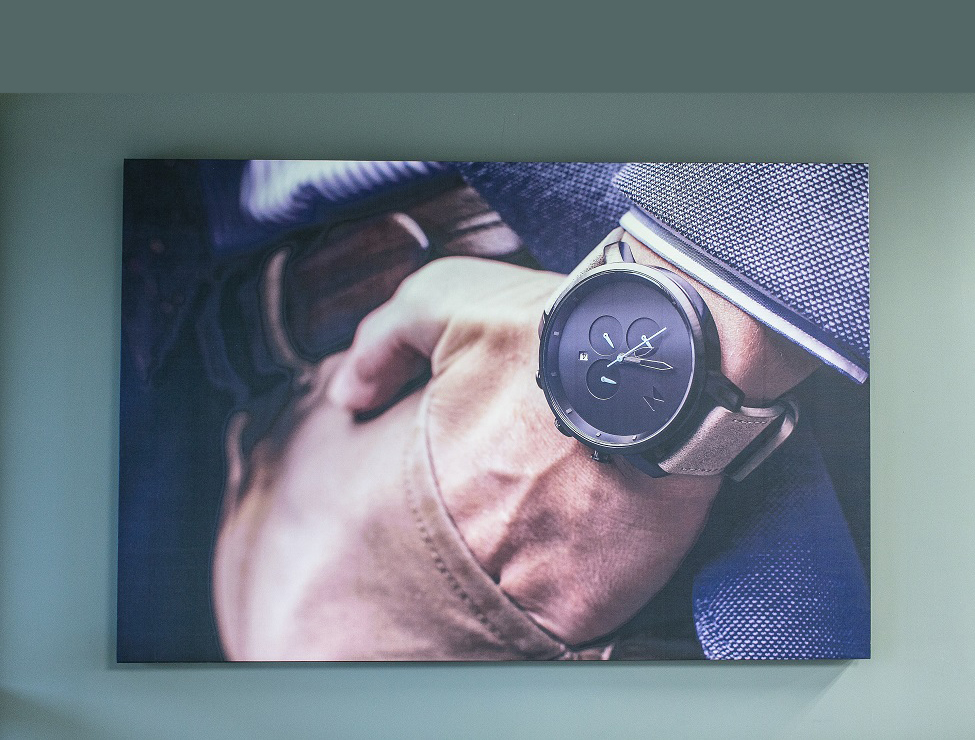
JAKE: It was both. We also had people who wanted to buy the product before the campaign ended to see if we would be successful. Even though we didn’t have the watches available yet, we were still able to sell four watches on the first day on our website completely preordered. This was months before watches were even going to arrive.
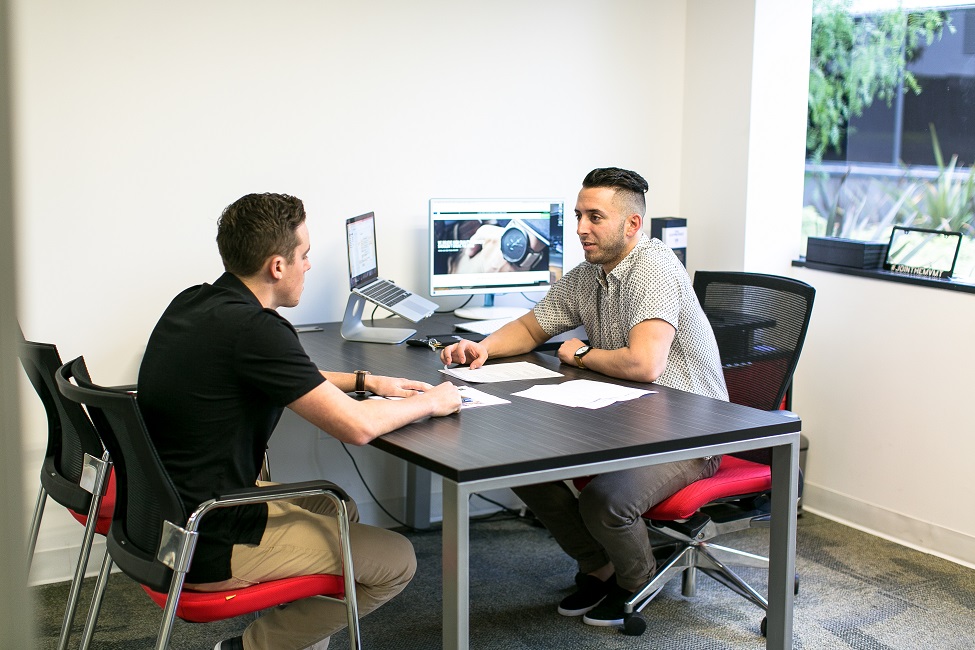
JAKE: It wasn’t solely the fact that we saw a good market for them. We just liked watches to begin with. We couldn’t identify with any watch brands at the time that targeted our demographic at an affordable price point. After doing some research on the watch market and Kickstarter, we found that there were very few people offering what we wanted to offer. We saw an opportunity on both sides of the spectrum: something that we identified with, which is great because it’s easier to sell to your demographic if you are the demographic, and then also the fact that it was a great product in the crowd funding community in general.

KRAMER: We started out with six samples. That was it, nothing more. We used those samples to launch the campaign and to structure our page with videos showing what they looked like and how they worked. We actually had the real samples that people could see. We did the prototyping and the design and had the connection with a manufacturer. All we needed was the money to start production.
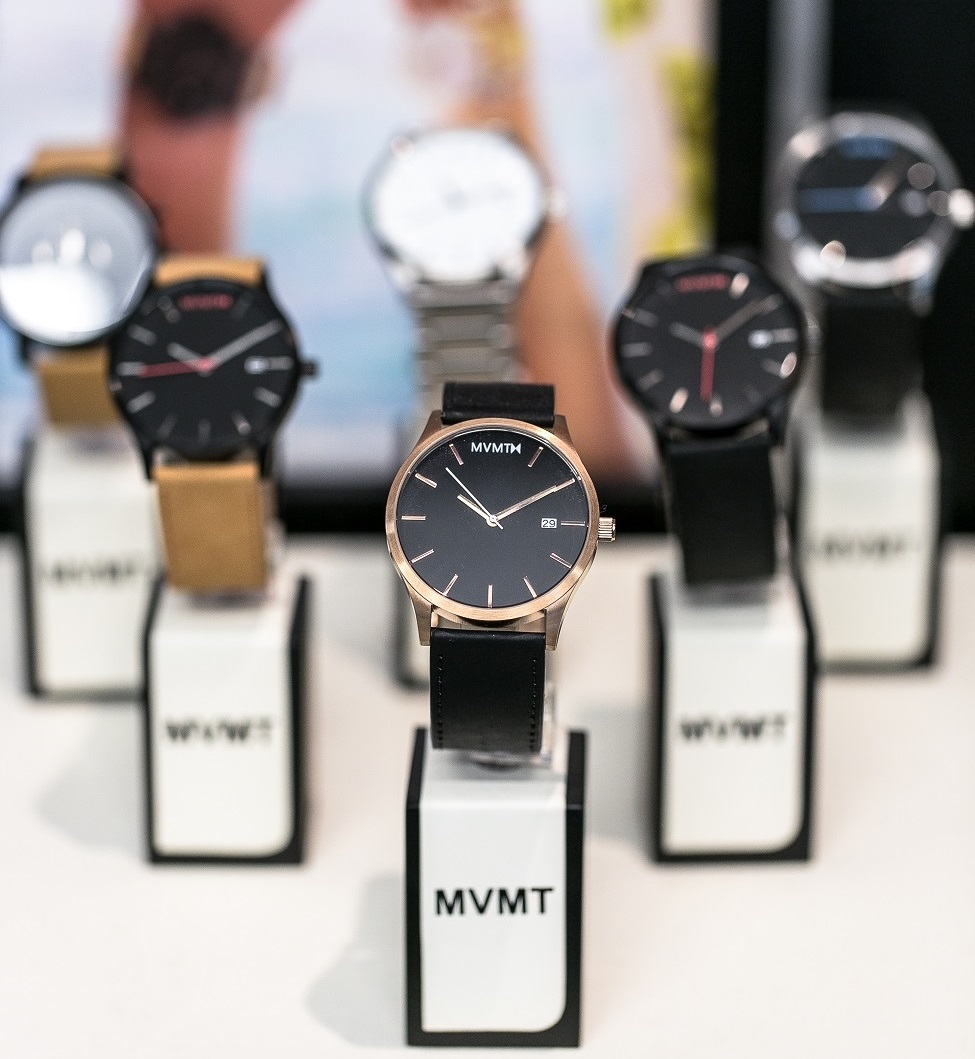
When we started the company, I was in credit card debt. We put every dollar we had into this to see if it could be successful. It was a somewhat calculated investment; if the watches weren’t good, then we were screwed.
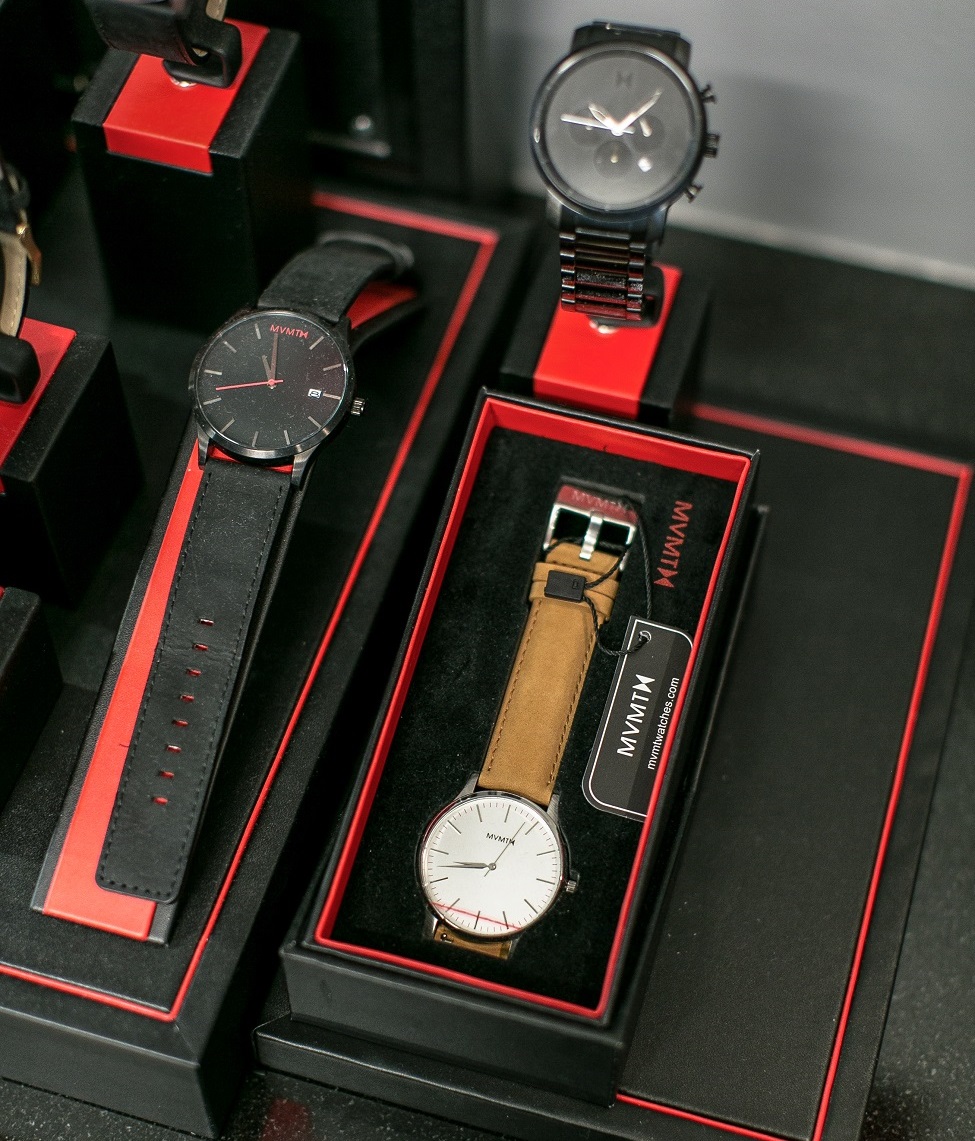
JAKE: We actually placed our first order before the campaign was even over so that watches were already on their way. That’s another huge difference between IndieGoGo and Kickstarter: you get the money upfront with IndieGoGo, but with Kickstarter you get paid at the end of the campaign. We were able to utilize that money and place a down payment on our order.
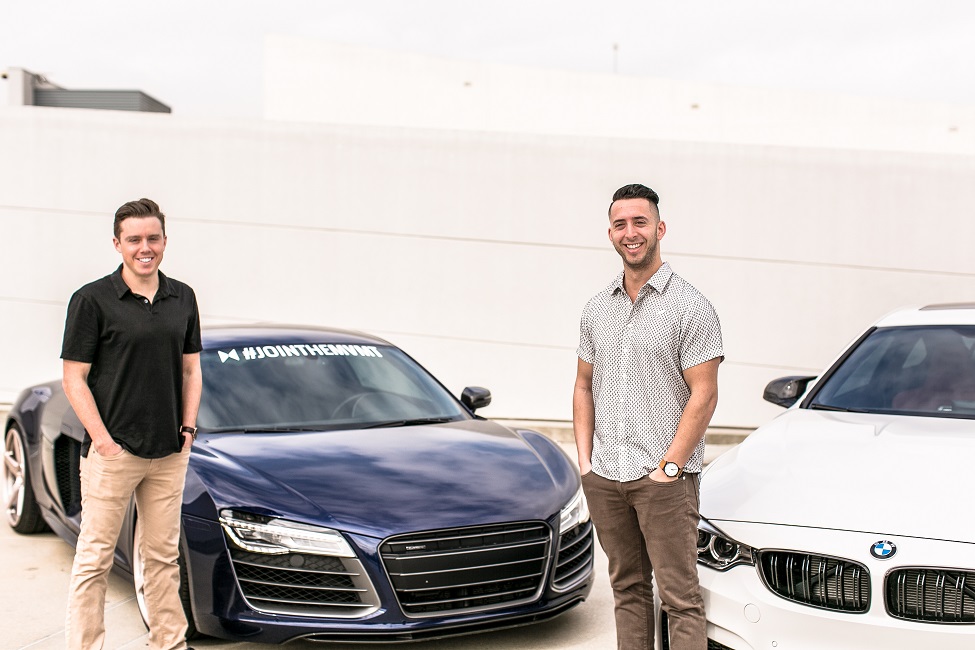
JAKE: I think another cool thing that we did was making people a part of the journey of starting something, even if it’s just a little piece of contributing. Every step of the way we posted content on Facebook such as pictures of the molds, pictures of our samples in the factory, etc. You got to really see the growth of this company from the beginning. For us to be as successful as where we are now, I think it’s pretty cool for the 4,000 – 5,000 customers that we have to literally be the reason that we’re here today. They helped start MVMT Watches; therefore, we try to keep them up to date with emails to show them what we we’re doing so that they have a little piece of it as well.



JAKE: A lot of it was press; we reached out to a lot of press. In the beginning, we had some money that we raised from the watches, but we kept investing that money back into inventory so that we can grow as fast as we could. We spent a few thousand dollars with a PR firm, but it was horrible. We tried another marketing agency, but it was also pretty unsuccessful so we tried to stay away from agencies for while and learn marketing on our own.
We got some good press being featured in GQ, AskMen, Playboy, and a few others that have done really well for us. I think giveaways on Instagram were another big secret.
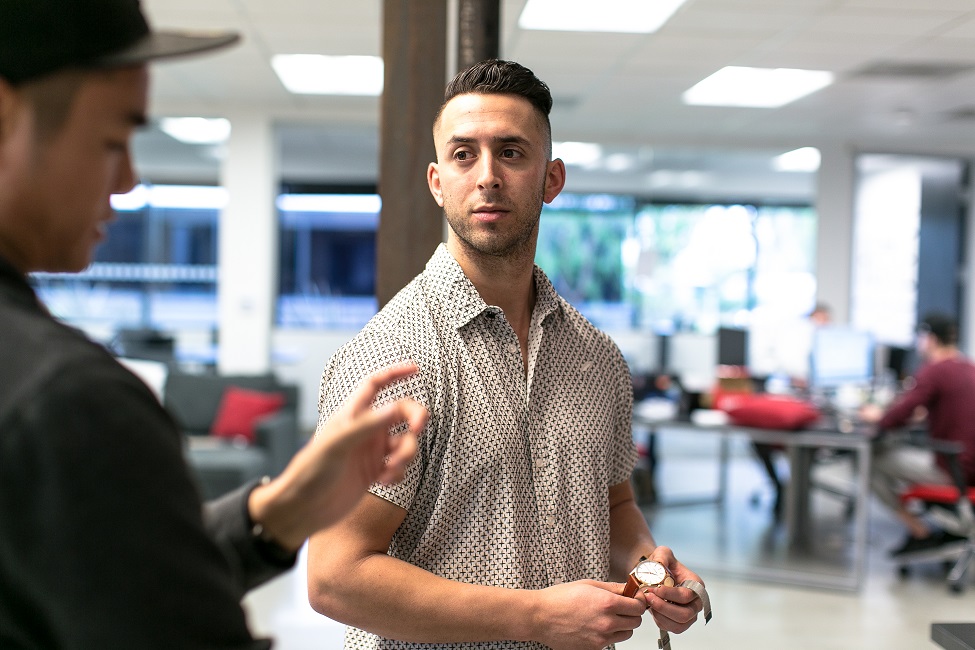
KRAMER: With the success of our campaign, it created free advertising that we could push like “MVMT Watches raised x amount of money in this amount of days.” It was press that we didn’t have to pay for at that time. It was just interesting products that people wanted to post about.
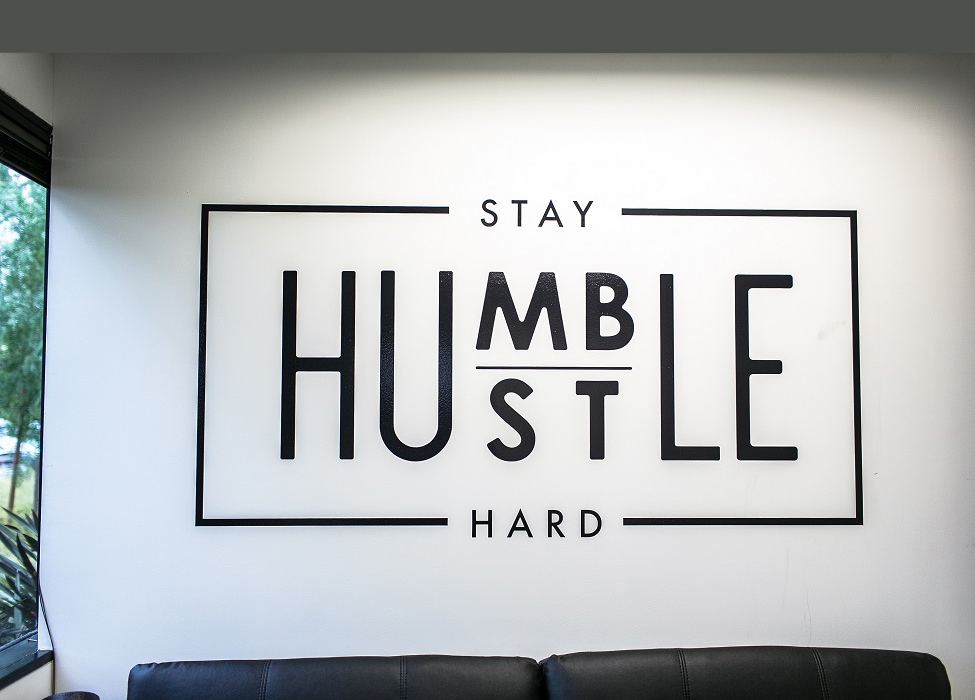
With so many online retail giants like Amazon, you don’t need brick and mortar retailers, so we went the opposite way and built our business online. Now, retailers are coming to us; we’re in Urban Outfitters, on JackTrends.com, Nordstrom.com, and people are reaching out to us. We’re okay with that and are going to pursue that, but we were born online and 95% of our business is from our own website.
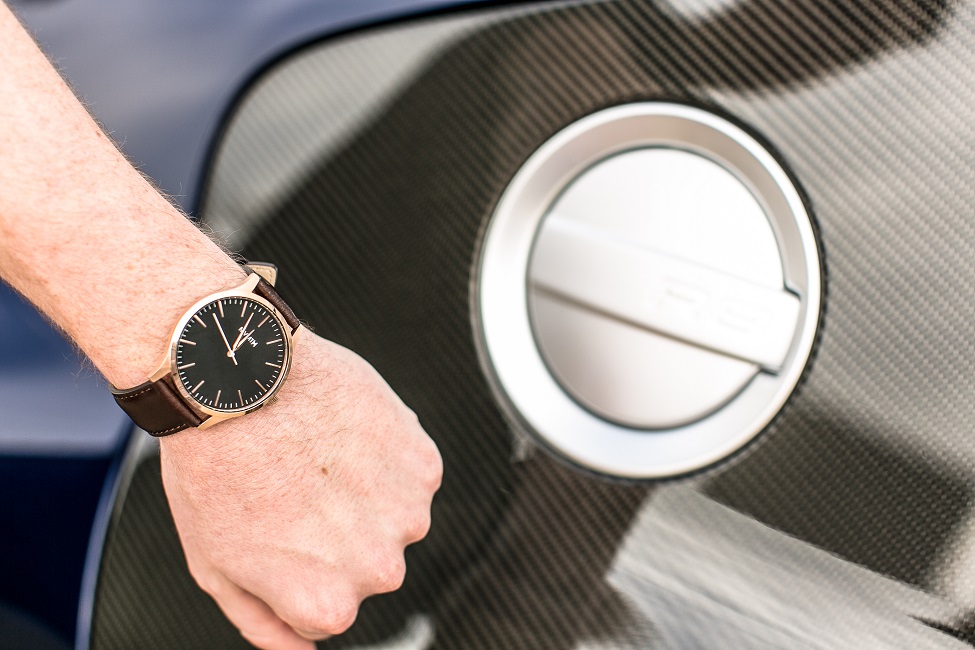
JAKE: Kramer and I both have experience manufacturing other products in the past, so we were able to sift out the good manufacturers from the bad ones. One of the most important aspects of dealing with a manufacturer is that the communication has to be clear. If they don’t understand what you’re saying and you don’t understand what they are saying, then it’s not going to work out. That’s the key factor, having a good line of communication.

KRAMER: Also, if you can get a reference from a manufacturer that manufactures a product that you’re familiar with (whether it’s a different watch company or a product that’s similar to what you’re trying to do), that’s a big thing because they are doing something that you’re modeling your business after. It would be ideal if you can work with someone that you’re aware of or familiar with.
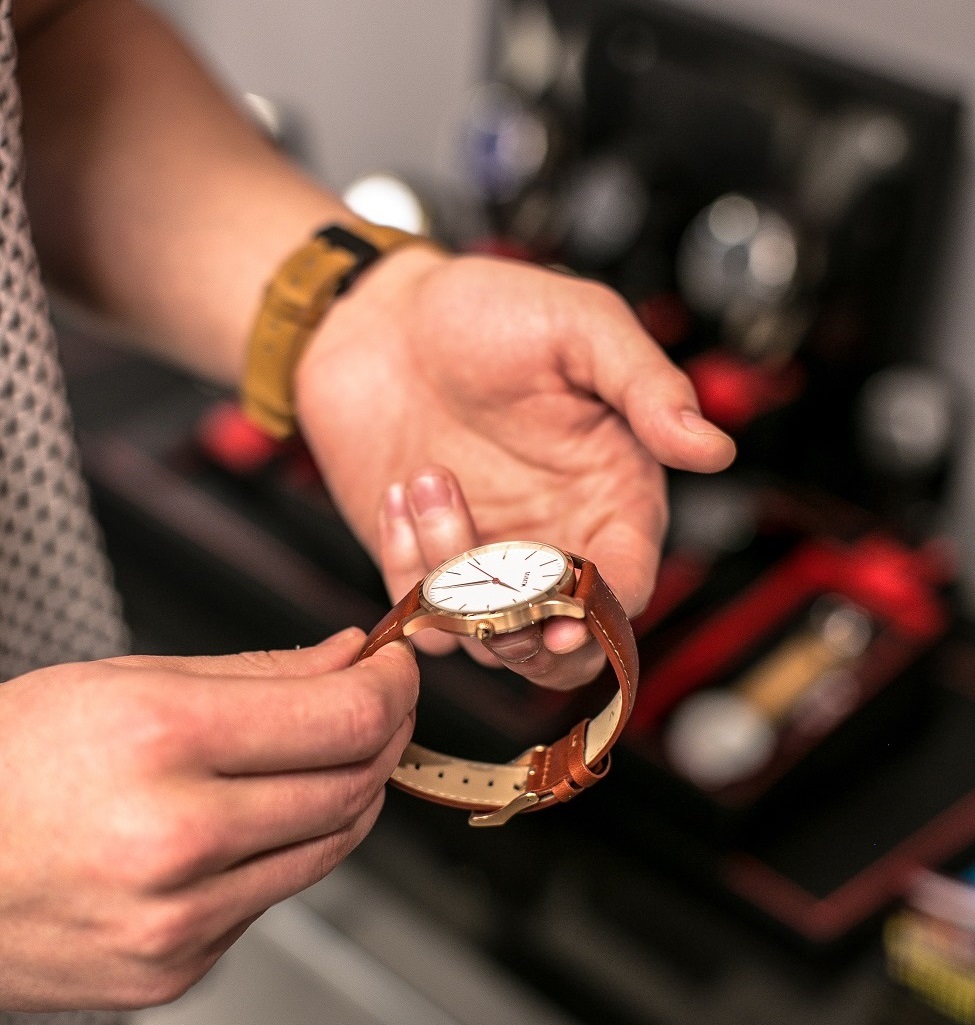
JAKE: If they are going to do it, then they are going to do it. I don’t think there’s any way to really prevent it from happening, but Ferrari taught me this: they talked about having the first tier of the market being the manufacturer of the brand, and then there are the third tier markets that are going to be sold unbranded and cheaper on eBay.
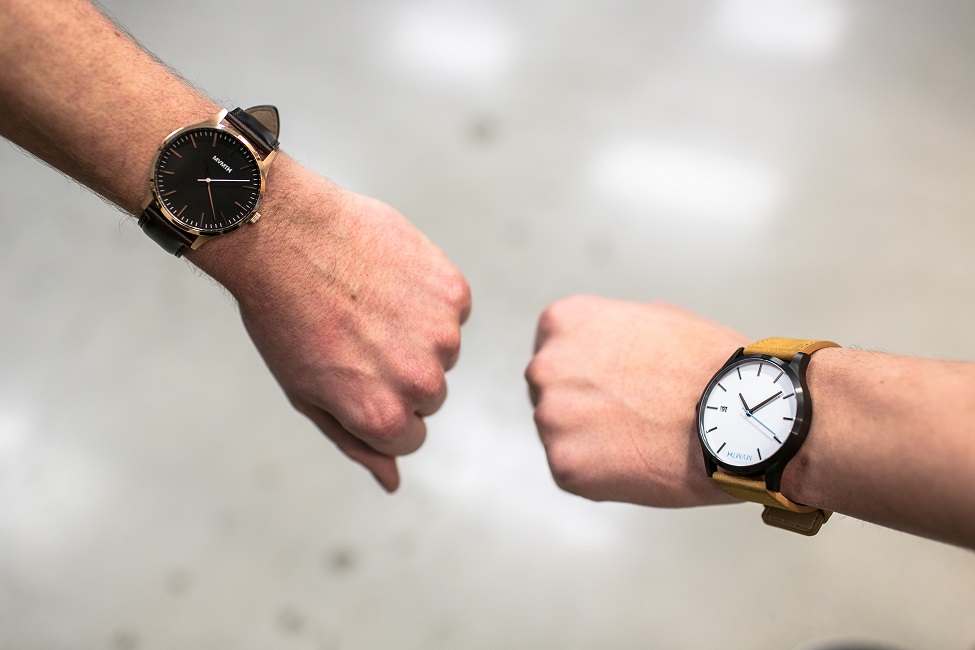
KRAMER: The only reason that’s happening is because we’re successful. If we were selling one watch every month, then it wouldn’t be happening. I think it’s inevitable at this point, because anyone can go on Alibaba and buy anything.
JAKE: They are not going to take over your Google ranking. They are not going to sell on Amazon. If they sell 20 watches in a year, that’s what they are going to do; but you can still get them removed off of the marketplaces and websites, or take legal action. But for swap meets you’re not even going to know about it, and it’s not going to hurt your business.
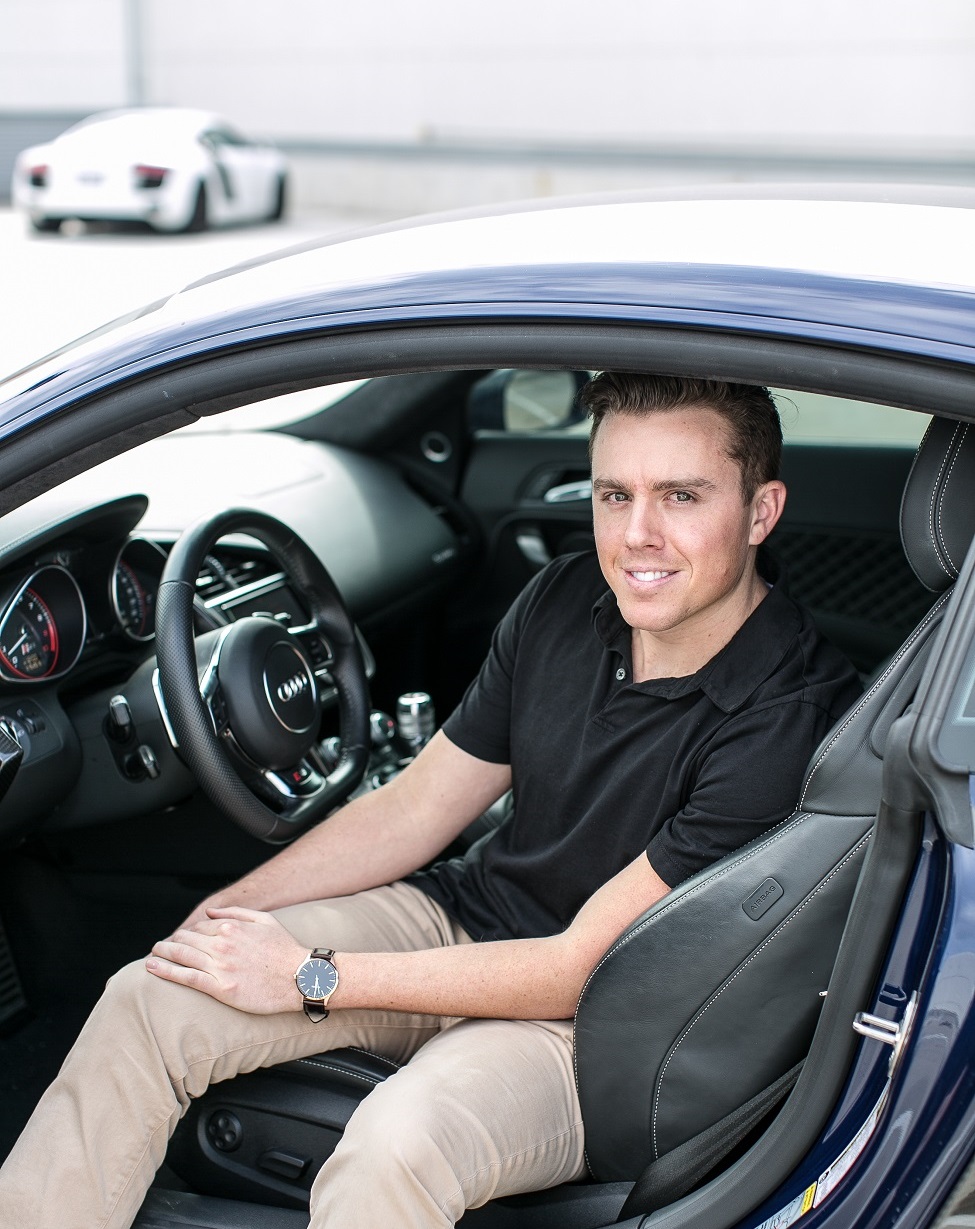
JAKE: The manufacturer knows that if they go behind your back, they are risking a huge relationship. It’s just not a good way to do business. Unless you get in bed with a bad manufacturer off the start, I probably wouldn’t worry about it too much.
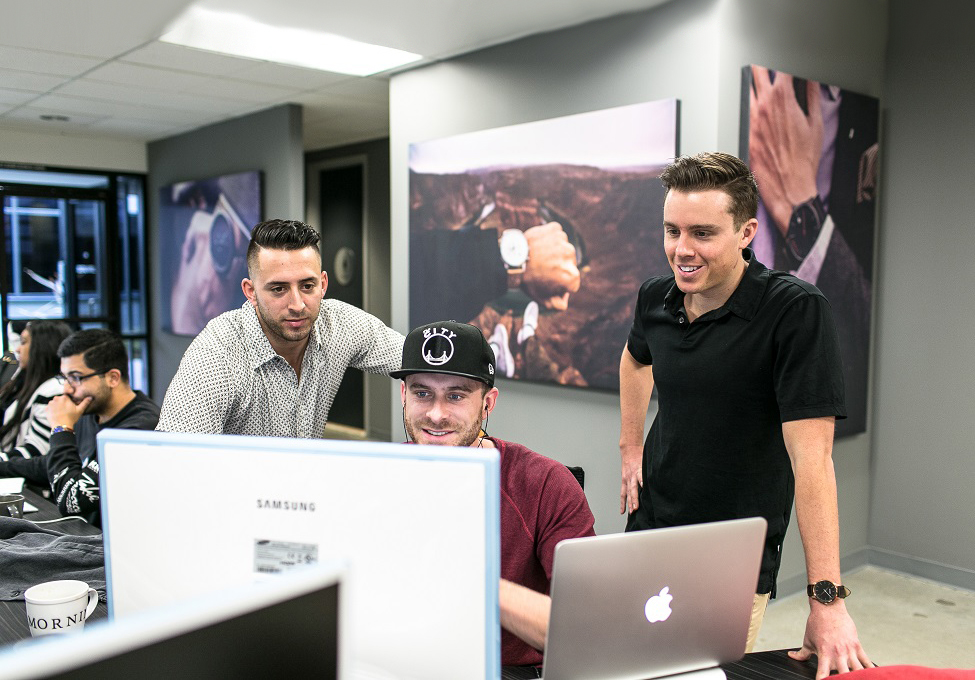
KRAMER: For me it was always the challenge and the opportunity to make money that fueled me. In high school, I tinted windows to make extra money, and I pretty much tinted every car at my high school. I saw that the product itself only cost me a couple of dollars, and I could make $100 profit off of it by tinting a car. My parents weren’t entrepreneurial at all. They still don’t understand the things I do and why I do them, but it’s just the challenge and seeing the opportunity. I like nice things and entrepreneurship seems like the way for me to buy nice things.
JAKE: My dad was definitely a big inspiration for me. He had started other businesses himself, so that was a good soundboard. Although, when I told him I wanted to do watches, he wasn’t necessarily the most supportive because it sounds crazy when you want to start a watch company. I had started other companies in the past like a t-shirt company in high school, which ended up turning into an ecommerce brand. I also opened up a store in a shopping mall.
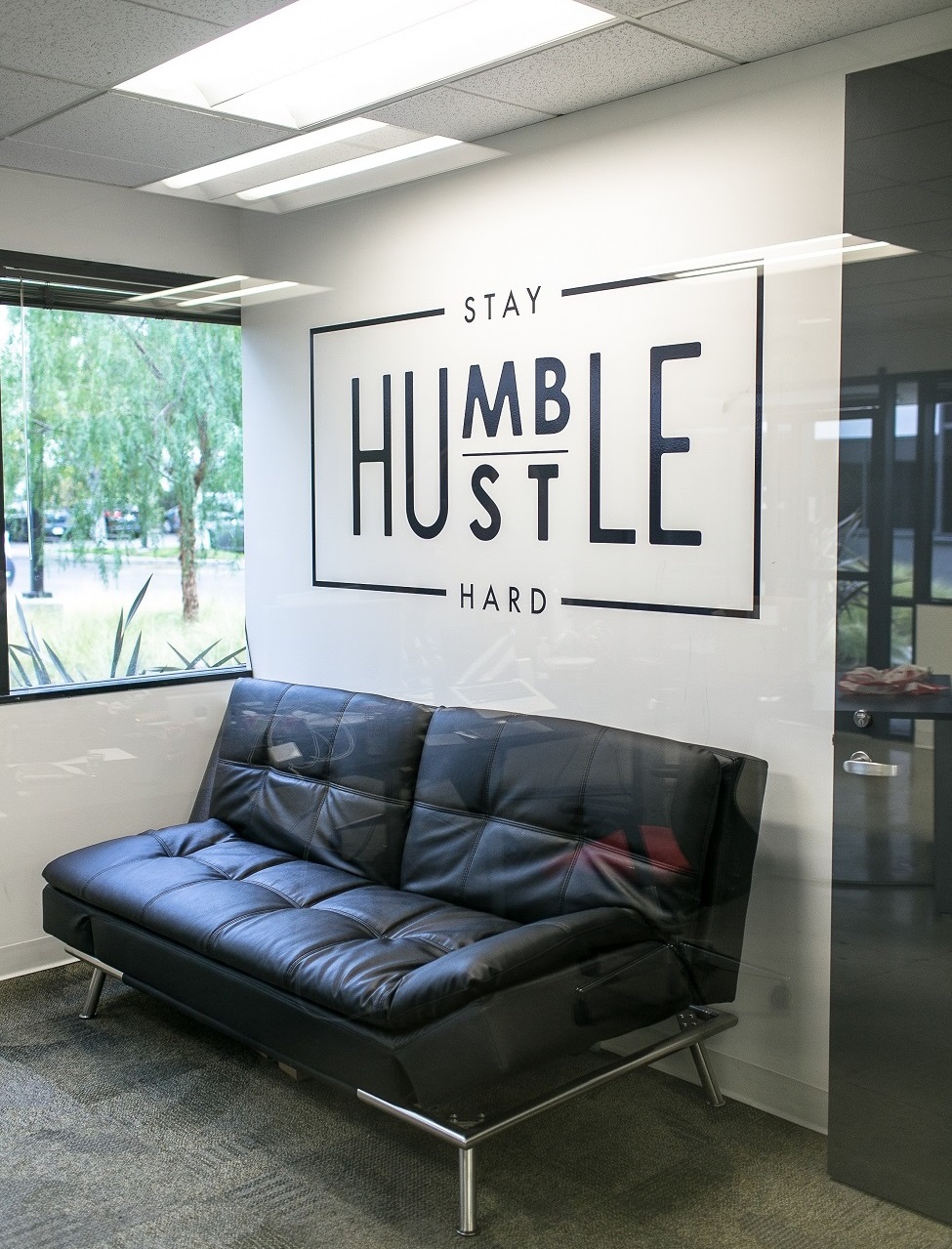
I remember I used to go on SE’s website or Tumblr/Instagram and just go through the quotes or read some of the articles. At that time, I resonated with the community and learned what entrepreneurship really was. That sparked something inside me to think about the big picture to start something huge. I didn’t know how I was going to get there, but I was going to hustle and figure it out. That’s just the way you do it; and not looking at past failures as a failures, but instead looking at them as something to work off of and actually benefit from. I failed starting the ecommerce business, and I used that to start a new company. Looking at the Secret Entourage community helped me understand what an entrepreneur was.

JAKE: We’re open-minded. You can’t have a thick skull or a one-track mind. If Kramer has an idea or I have an idea, we will have an ongoing conversation about it. We have to bring concrete facts as to why this is a good or bad idea. If I disagree, I try and explain why I think it’s a bad idea versus a lot of people who let emotions get in the way. That’s the culture we have promoted here at the company too. We’re college dropouts, so we’re not qualified in the traditional sense to be running a multi-million dollar business. We make the effort to discuss ongoing situations or conflicts and work together to figure out what the best direction is.
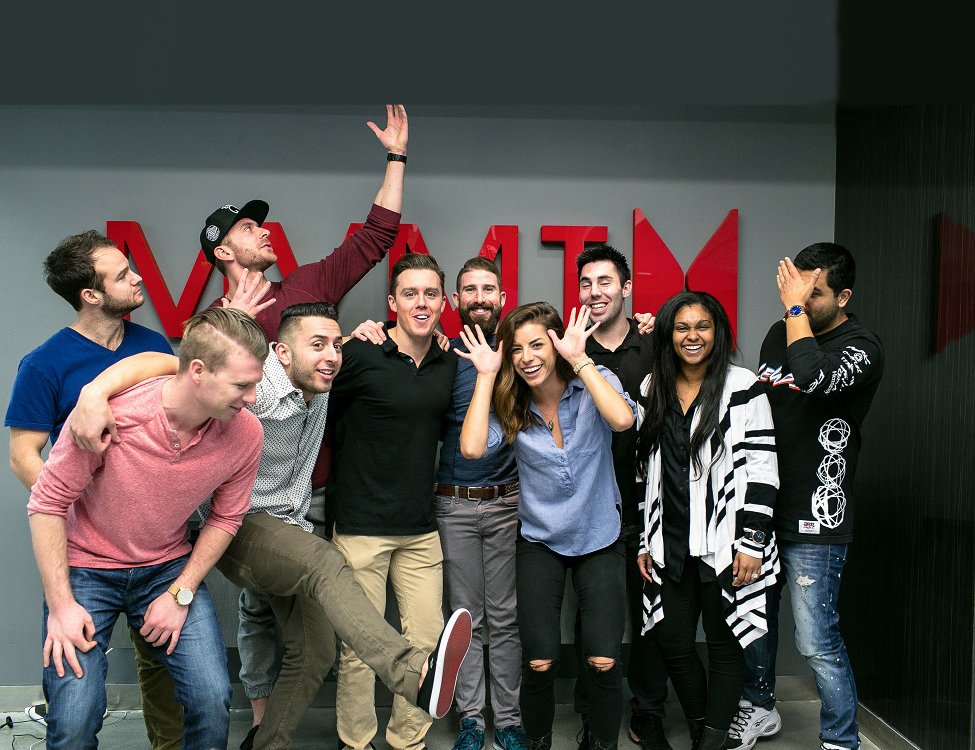
JAKE: We also like to consider ourselves very data driven. We try and test things like if there’s a picture that I like and a picture that he likes that we think would look good on the website, then we’ll test them both and see which one does better. We base our decisions more on the facts versus opinions.

KRAMER: It’s trust too. I trust Jake. We both trust each other. We both realize that we think similarly so that we’re not in each other’s hair. We handle our own sides of the business with our teams of people that go through decisions together as opposed to just Jake and I talking about it. I think we’ve been lucky, but being entrepreneurial, being the same age, and starting from ground zero to working the way up the ladder together and as a team have really helped us. We think the same way, so if one of us has a good idea, the other person probably thinks it’s a good idea too.
